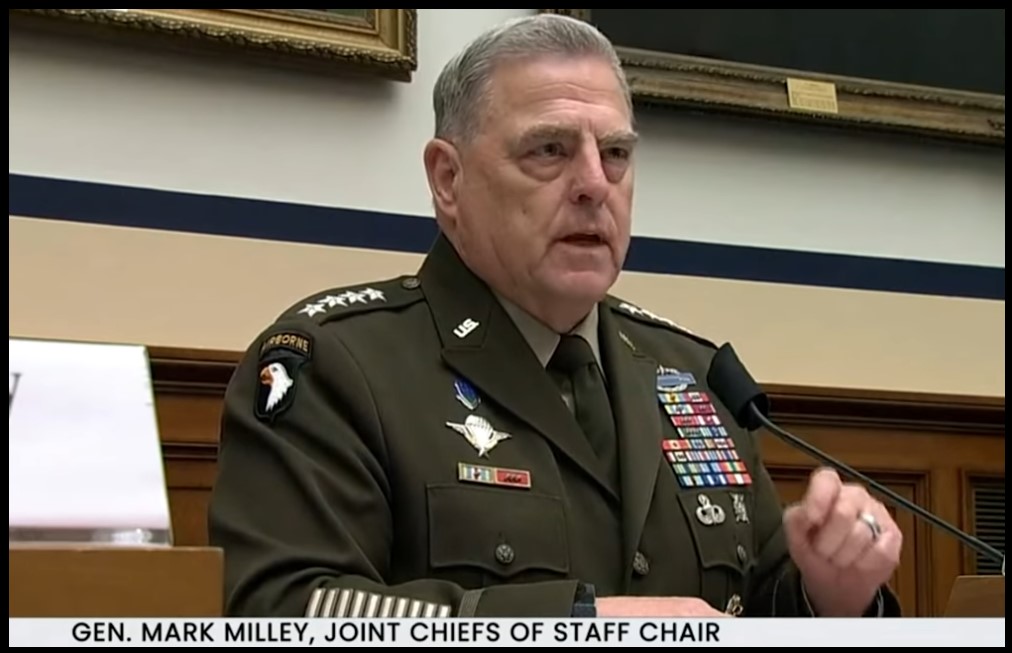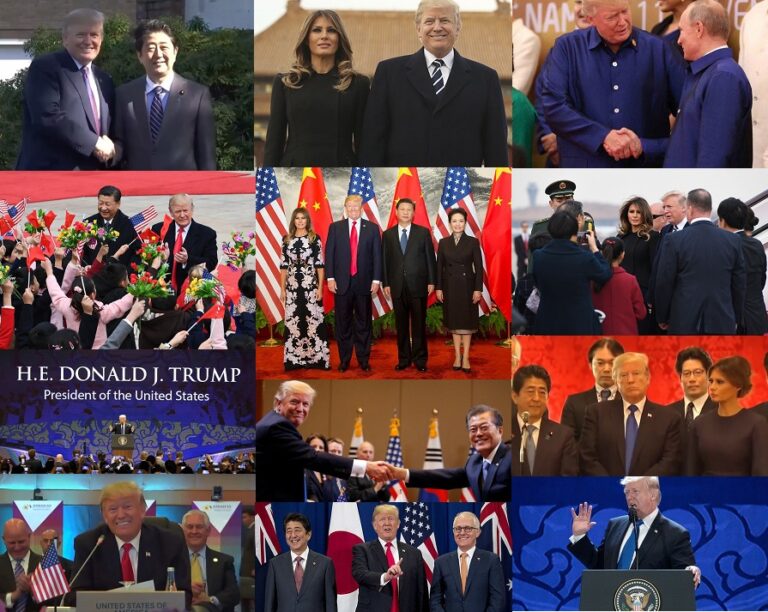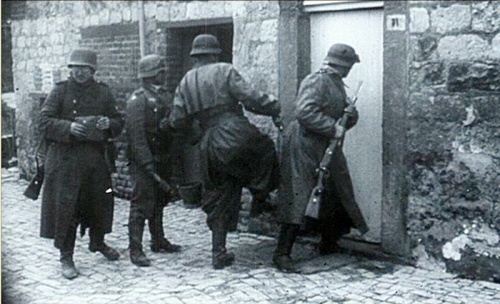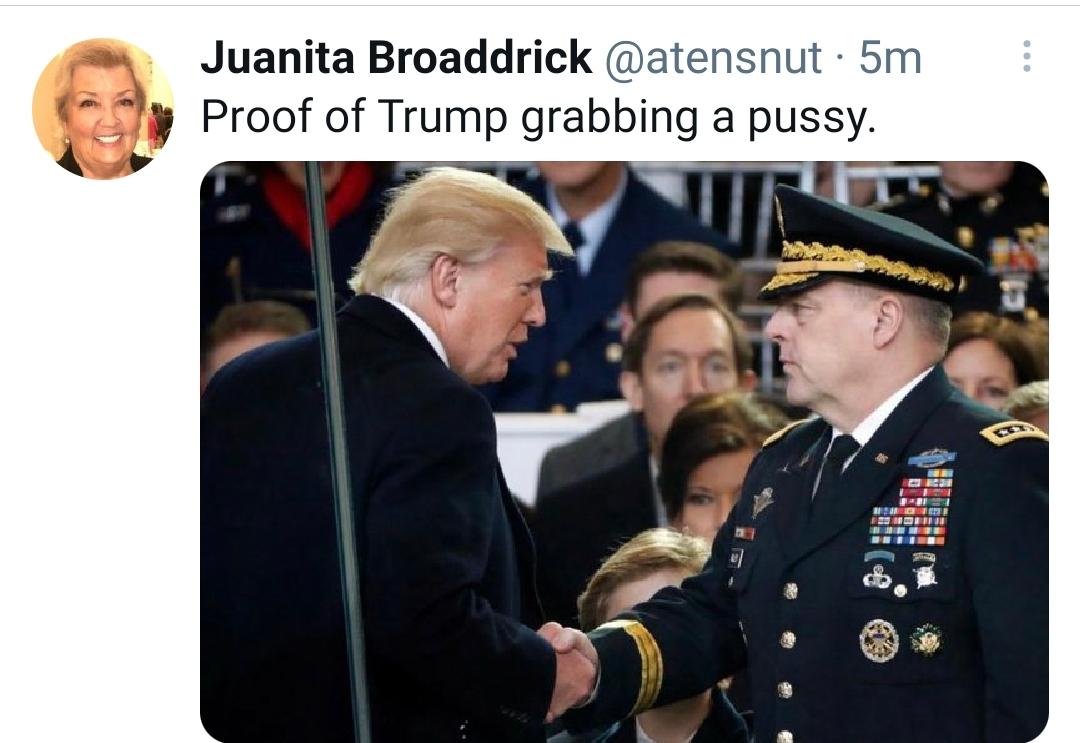Statements made by Joint Chiefs Chairman General Mark Milley about his belief that President Trump was contemplating a post-election coup should not be viewed in a vacuum. Last month this same General Milley was defending the teaching of Critical Race Theory to West Point cadets. However, the comments Milley made last month, and more attributed today, only solidify several years of CTH watching Milley operate, and now we have answers to previous puzzling questions.

Remember, General Milley did some really odd things as Joint Chiefs Chairman under President Trump:
(1) Milley never removed Lt. Col Alexander Vindman from his White House post after the underling compromised his leadership position. The pentagon left Vindman on assignment to the NSC even after Vindman attempted to take-down President Trump.
(2) Milley was then slow to react to Navy Secretary Richard Spencer threatening President Trump; attempting to extort him into inaction over the disciplinary plans against the SEAL commando, Chief Petty Officer Edward Gallagher. And perhaps worst of all…
(3) Joint Chief Chairman Milley, and SoS Mike Pompeo traveled to Mar-a-Lago in December 2019, where they informed President Trump of military strikes in Syria and Iraq *after* they took place. [Background Here] [Background Here]. President Trump made Esper, Milley and Pompeo hold a press conference without Trump supporting them; then President Trump remained silent on the issue for days.
It seemed like CTH was alone in noticing the issues with the Pentagon and suspicions of Secretary of State Mike Pompeo, Defense Secretary Mark Esper and Joint Chiefs of Staff Chairman Mark Milley. However, a few days after the Mar-a-Lago incident, Col Douglas Macgregor expressed his own suspicions about the U.S. military attack in Iraq and Syria that paralleled our gut reaction. Macgregor stated he believed President Trump was being intentionally and “skillfully, misinformed”.
There were valid reasons for the suspicion around General Milley and the entire Pentagon apparatus.
Factually, President Trump’s strategic approach toward foreign threats and foreign intervention (through the use of geopolitical economic pressure) was a major paradigm shift that removed the Defense Department from a primary role, and placed them back into a more appropriate ‘contingency’ role, when it came to foreign policy and national security.
It was obvious from the outset of the Trump administration that the Pentagon did not like that position.
Before explaining more, let us remember General Milley last month outlining his worldview on internal domestic politics.
Note how Milley connected the teaching of Critical Race Theory to his view that people attempted to “assault” the DC Capitol and “overturn the Constitution of the United States“. Watch this carefully, because in many ways he is saying the quiet thing out loud:
♦ In the big picture, it was not difficult to figure out why the Pentagon would be opposed to Trump.
During the 2016 Trump campaign and early administration, President Trump’s expressed foreign policy was viewed by NATO alliance members as a threat. President Trump dared to tell them their “cold war mentality” was outdated. Heck, the NATO members were simultaneously purchasing energy from Russia at the same time they were demanding the U.S. military protect them from any Russian aggression.
The same type of common sense perspective that startled the NATO alliance members applied internally to the U.S. military.
President Trump’s preferred use of economic warfare made the Pentagon’s role diminished. Instead of punching North Korea’s Kim Jong-un, President Trump hit the checkbook of Chinese Chairman Xi Jinping (tariffs etc.), and then opened diplomatic discussions with the DPRK Chairman. Toward the threat from North Korea, the primary military response became the contingency plan; President Trump engaged in economic leverage, not military…. and it worked.
As a consequence, the value of James Mattis was replaced by the effectiveness of U.S. Trade Representative Robert Lighthizer. Joint Chief’s Milley was not in the primary planning room; Milley was replaced by Commerce Secretary Wilbur Ross (until he’s needed).
In the Trump era, the President was telling the Pentagon where and when to position; and then he asked them for ‘contingency’ preparation. Decades of Pentagon-centric foreign policy was lessened by an entirely new geopolitical approach based on an economic strategy. This was, in essence, the Trump Doctrine.
President Trump was executing a foreign policy, a clear doctrine of sorts, where national security was achieved by leveraging U.S. economic power. It was a fundamental shift toward allies and adversaries; summarized within the oft repeated phrase: “Economic security is national security.”
The Trump Doctrine of using economics to achieve national security objectives was a fundamental paradigm shift. Modern U.S. history provided no easy reference.

“Peace is the prize” ~ President Donald Trump
The nature of the Trump foreign policy doctrine, as it was visible, was to hold manipulative influence agents accountable for regional impact(s); and simultaneously work to stop any corrupted influence from oppressing free expression of national values held by the subservient, dis-empowered, people within the nation being influenced.
There were clear examples of this doctrine at work. When President Trump first visited the Middle-East, he confronted the international audience with a message about dealing with extremist influence agents. President Trump simply said: “Drive them out.”
Toward that end, as Qatar was identified as a financier of extremist ideology, President Trump placed the goal of confrontation upon the Gulf Cooperation Council, not the U.S.
The U.S. role was clearly outlined as supporting the confrontation. Saudi Arabia, Kuwait, Egypt, Bahrain and the United Arab Emirates needed to confront the toxic regional influence; the U.S. would support their objective. That’s what happened.
Another example: To confront the extremism creating the turmoil in Afghanistan, President Trump placed the burden of bringing the Taliban to the table of governance upon primary influence agent Pakistan. Here again, with U.S. support. Pakistan is the leading influence agent over the Taliban in Afghanistan; the Trump administration correctly established the responsibility and gives clear expectations for U.S. support.
If Pakistan doesn’t change their influence objective toward a more constructive alignment with a nationally representative Afghanistan government, it is Pakistan who will be held accountable. Again, the correct and effective appropriation of responsibility upon the influence agent who can initiate the solution, Pakistan.
The process of accurate regional assignment of influence comes with disconcerting sunlight. Often, these influences are not discussed openly. However, for President Trump the lack of honesty is only a crutch to continue enabling poor actors. This is a consistent theme throughout all of President Trump’s foreign policy engagements.
The European Union is a collective co-dependent enabler to the corrupt influences of Iran. Therefore the assignment of responsibility to change the status is placed upon the EU.
The U.S. will fully support the EU effort, but as seen in the withdrawal from the Iran Deal, the U.S. will not enable growth of toxic behavior. The U.S. stands with the people of Iran, but the U.S. will not support the enabling of Iranian oppression, terrorism and/or dangerous military expansion that will ultimately destabilize the region. Trump holds the EU accountable for influencing change. Again, we see the Trump Doctrine at work.
Perhaps the most obvious application of the Trump Doctrine was found in how the U.S. administration approached the challenging behavior of North Korea. Rather than continuing a decades-long policy of ignoring the influence of China, President Trump directly assigned primary responsibility for a reset to Beijing.
China held, and holds, all influence upon North Korea and has long-treated the DPRK as a proxy province to do the bidding of Beijing’s communist old guard. By directly confronting the influence agent, and admitting openly for the world to see (albeit with jaw-dropping tactical sanction diplomacy), President Trump positioned the U.S. to support a peace objective on the entire Korean peninsula and simultaneously forced China to openly display their closely-guarded influence.

While the Red Dragon -vs- Panda influence dynamic is still ongoing, the benefit of this new and strategic approach brought the possibility of peace closer than ever in recent history.
No longer is it outlandish to think of North Korea joining with the rest of the world in achieving a better quality of life for its people.
Not only did President Trump openly share a willingness to engage in a new and dynamic future for North Korea, but his approach removed the toxic international and domestic influences that held down the possibility for generations. By leveraging China (through economics) to stop manipulating North Korea, President Trump opened up a door of possibilities for the North Korean people.
This is what I mean when I say President Trump provided North Korea with an opportunity to create an authentic version of itself.
However, take away U.S. military power and influence, or worse yet, stop using U.S. military power, and the leaders within the military industrial complex start to sense their institution becoming functionally obsolescent. Overlay this U.S. military fear with pre-existing ideological differences and the situation gets worse. This is what President Trump was facing in the background as the Pentagon viewed the Trump economic strategy as a threat to their previous geopolitical mission under all previous administrations.
Unfortunately, like all other issues in the era of hyper-polarization, normally liberal Democrats would be alarmed about military leadership going rogue with their own agenda. However, as long as that agenda was anti-Trump, the political-left with a totalitarian outlook are now okay with it.
In 2020 Democrat presidential candidate Joe Biden was openly asking the U.S. military to initiate a coup against President Trump. The corporate media didn’t bat an eyelash… The traditional checks-and-balances, things that normally keep us stable, started getting very sketchy within the military; this has only gotten worse in the past year.
Remember,… the impeachment effort was only a “soft-coup” until the uniformed military showed up. Yet these same Pentagon leaders have the nerve now to call a protest in DC, likely manipulated by the FBI, an insurrection “intended to overturn the constitution of the United States of America.” The one thing these ideologues are good at is projection.
“Tell me again how we should 'back the blue', as we watch parents arrested at school board meetings."
"Tell me again that most FBI agents are good & legitimate, while we watch 15 agents investigate a NASCAR garage pull-down cord while ‘known wolves’ roam free and sexual predators rape teenage Olympic gymnasts.
"Tell me again."
"Please, keep telling me…. and when the order comes down to go door to door to collect citizens’ firearms, or to arrest citizens for wrong Facebook thoughts, or for refusing vaccinations, our local police and military will follow orders”
… and I will say,
“Tell me again”…
~Sundance





